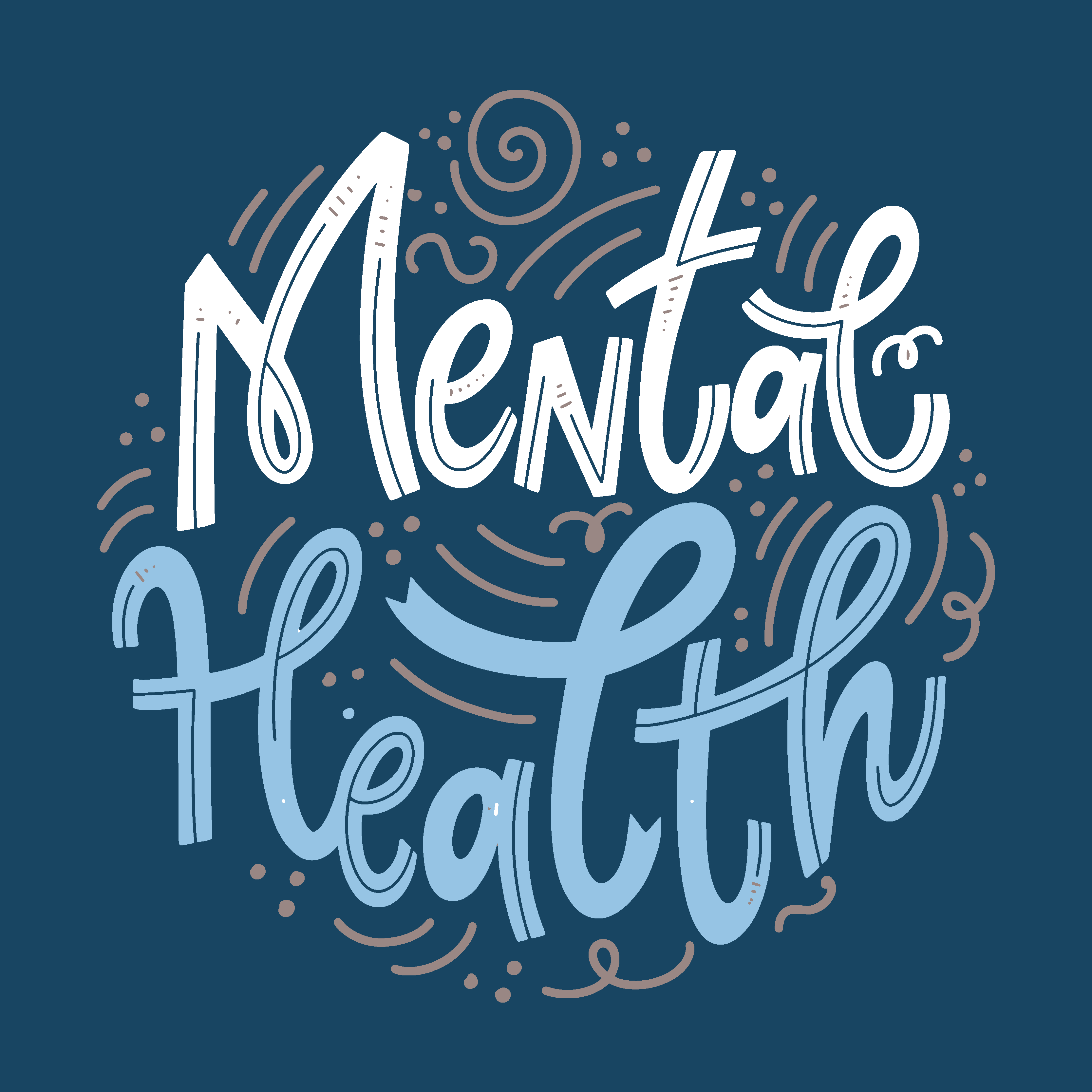We’re coming towards the end of the fifth International Week of Happiness at Work, a movement that aims to make Happiness at Work the norm, not the exception. This is a drum we’ve been banging for years, so we’re delighted that more and more people and organizations are picking up the drumsticks.
We strongly believe that there should be no barriers to being as happy as possible at work, which is why we made the recent decision to make our individual Happiness at Work assessment free to all. This opens up our 17 years of research to everyone who wants and offers individually tailored, tried-and-tested help and tips. So once you’ve taken the assessment, your report shows how the various elements of Happiness at Work fit together and what you can do to improve each one of them. For example, by giving you self-coaching questions.
TAKE YOUR FREE HAPPINESS AT WORK ASSESSMENT
What is Happiness at Work?
We have run an extensive, rigorous and robust research program since 2005 into Happiness at Work. And with more than 60,000 respondents from 182 countries, we know for sure that a happy worker is a high-performing one. The happiest employees:
- Take one tenth the sick-leave of their least happy colleagues
- Are six times more energized
- Intend to stay twice as long in their organizations
- Are twice as productive
Our definition of Happiness at Work is that “it is a mindset which enables action to maximize performance and achieve potential”, so it’s a simple yet practical definition which applies to an individual, a team or an organization. But the key focus here is this mindset: everyone knows that approaching something in a positive manner is more likely to get results than doing the opposite.
For us, Happiness at Work is based on a researched-based and practitioner-driven model. The Performance-Happiness Model is made up of 5 important components, which we know as the 5Cs. They are:
- Contribution: what you do
- Conviction: your short-term motivation
- Culture: your feeling of fit
- Commitment: your long-term engagement
- Confidence: your self-belief
The 5Cs are all interlocked, working as an ecosystem which means that they have a strong impact on each other. Trust and Pride in an organization and Recognition back from it help form the context for the 5Cs. And, to be happy at work, an individual must have a sense of achieving their potential, which is why it lies at the heart of the model.
What next?
The first step is to take our free assessment to get your report and tips on how to improve your Happiness at Work. And if you need any further help or clarification, or would like to discuss reporting for your team or organization, then please get in touch.
Shining the spotlight on Happiness at Work for a week each year is a great thing, but we know that it’s something to focus on year-round, so we’ll be adding more in-depth content on the subject over the coming weeks. So watch this space!
TAKE YOUR FREE HAPPINESS AT WORK ASSESSMENT


SUBMIT YOUR COMMENT